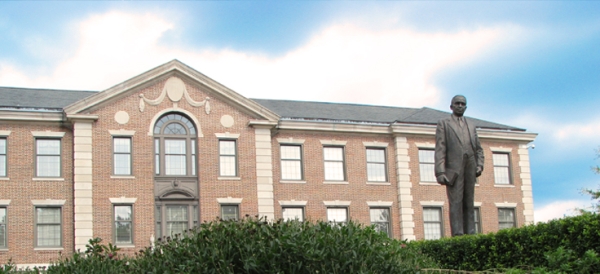
Colleges typically have their finances and institutional strength reviewed by rating agencies before seeking to issue bonds. The idea is that those buying bonds don’t need to rely on colleges’ word that they are creditworthy. The varying ratings theoretically provide investors with a sense of the relative risks associated with bonds from different colleges. Institutions with the same financial strength (or weakness) should be able to issue bonds at the same costs.
But a new study finds that historically black colleges end up paying more than colleges on similar financial footing to issue the same value of bonds.
Many historically black colleges — due to decades of discrimination — are weaker financially than many predominantly white institutions. But the study compared pools of historically black and predominantly white institutions with the same bond ratings, so the study’s conclusion is based on comparing institutions of comparable financial strength, as verified by outside evaluations.
The study was based on an analysis of 4,145 bonds issued by tax-exempt colleges between 1988 and 2010. Of those instances, 102 involved historically black colleges. The pool included colleges that issued bonds more than once. Of the 102 bond issues by black colleges, there were 45 colleges involved.
The average cost of issuing a $30 million bond was $290,000 for historically black colleges, compared to $242,000 for other institutions. The black institutions studied spent about $5.1 million more, collectively, than comparable predominantly white institutions.
The gap in costs faced by historically black colleges vs. non-HBCUs was greater in the Deep South than elsewhere, the study found.
The research was done by Casey Dougal of Drexel University, Pengjie Gao of the University of Notre Dame, William J. Mayew of Duke University and Christopher A. Parsons of the University of California at San Diego. The study was published by the Social Science Research Network.
In an interview, Mayew — of Duke’s Fuqua School of Business — said the researchers also controlled for other factors, such as share of alumni in a state (most bond investors are local) and endowment size. Likewise, the researchers wondered if the underwriters might be doing a lackluster job trying to sell the black college bonds, but found no evidence of any reduced effort. It simply takes them many more tries to find buyers.
The only factor that couldn’t be ruled out was the race associated with the colleges involved, Mayew said.
The typical investor or decision-maker on the purchase for these bonds “is a rich white person,” he noted.
[SOURCE :-theguardian]



